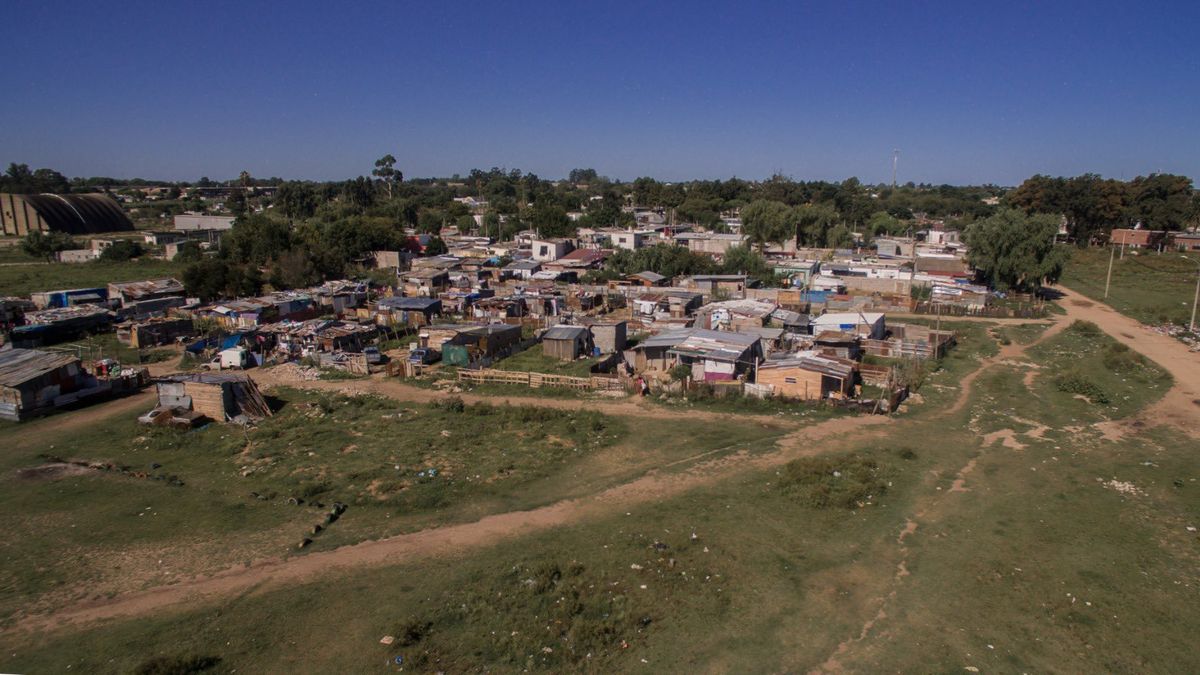poverty in Uruguay dropped significantly in the second half of the year, standing at 9.1% of the total population. The figure is more than one and a half points lower than what was registered in the first semester and is almost at pre-pandemic levels (similar figure, considering the statistical margin of error).
The data comes from the report of the Statistics National Institute (INE), which analyzes the level of poverty according to the income of households and individuals, defining an income level (called Poverty Line) below which the person is considered in that condition. Of course, there are other more structural variables that establish people’s condition of poverty (access to infrastructure, education, etc.) and even factors such as security and social connectivity, which are more difficult to measure but equally relevant.
Taking the data by income, it seems quite clear that the growth of the economy with the expansion of employment begins to translate into improvements in the poverty indicator, after the setback that the pandemic involved. On the other hand, in the second semester -while employment remained relatively stable, with fluctuations- the real wage began to show improvements, after a couple of years of setback (largely due to the pandemic). This translates into a improvement in overall household income.
Even with these considerations, it must be remembered that food inflation has been clearly above headline inflation, which particularly affects lower-income families and causes the poverty and indigence lines to rise more than inflation. If it were not for this situation, poverty could possibly have fallen further.
Surely social policies directed specifically at the most vulnerable strata have also had an impact. Among the most notable measures is the increase in the amounts of the Uruguay Social Card (YOUR) and the Family’s asignations (AF), as of June 2022. In particular, a 70% reinforcement was applied for AF in children. According to sources of you measure consulted by scope.com in this case more than 140 thousand recipients were exceeded of the reinforcement. Added to this is the so-called Parenting Bonusa reinforcement of 2,223 pesos per child from 0 to 3 years old or pregnant women in more vulnerable homes.
These budget reinforcements for transfers would be the ones behind the appreciable drop in child poverty, which dropped from 22.5% to 16.5% for children from 0 to 6 years oldand from 18.5% to 17.3%, in children from 6 to 12 years of ageconsidering the second semester with respect to the first.
INE.jpeg
challenges
Beyond the recent favorable evolution, Poverty in Uruguay continues to be concentrated in the periphery of Montevideo and certain departments on the border with Brazil. In addition, is ostensibly higher in the Afro-descendant population (16.3% vs. 9.1%). And it remains noticeably higher in children, even considering the advances indicated.
After the financial crisis of 2002, poverty in Uruguay came to exceed the 32%, to then gradually decrease until it reached a record low in 2017, when it affected 7.9% of the total population. With the pandemic, it rose to 11.6% and is now down for the second consecutive year, returning to single-digit figures. Various experts have pointed out that there is a so-called “hard core” of poverty, which is more difficult to reduce because it is linked to situations of exclusion and other factors that are difficult to overcome and go beyond the cycles of the economy.
Source: Ambito




